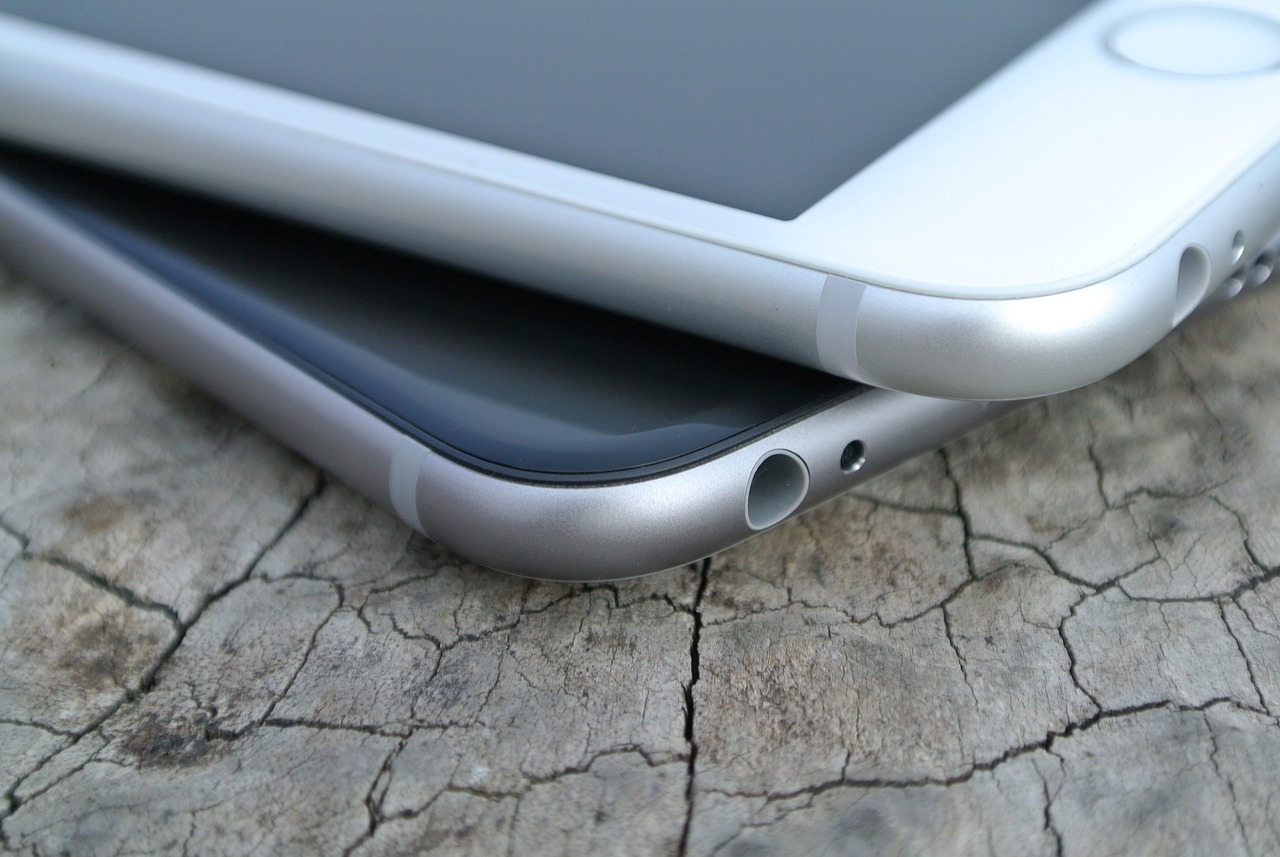The Role of Tech in Enhancing Global Healthcare Services
The rapid evolution of technology has revolutionized the healthcare industry in recent years. From electronic health records to advanced medical imaging techniques, technological advancements have significantly improved patient care and outcomes. These innovations have streamlined processes, enhanced diagnosis and treatment capabilities, and ultimately transformed the way healthcare professionals deliver medical services.
Moreover, the integration of artificial intelligence and machine learning algorithms in healthcare has opened up new possibilities in predicting diseases, analyzing data, and personalizing treatment plans. Virtual reality and augmented reality technologies are also making waves in medical education and surgical training, providing a more immersive and interactive learning experience for healthcare professionals. As technology continues to advance, the future of healthcare holds endless possibilities for improving patient care and driving innovation in the industry.
Telemedicine and Remote Patient Monitoring
Telemedicine and remote patient monitoring have revolutionized the healthcare industry, offering convenient and efficient ways to deliver medical care to patients. Through the use of telecommunication technologies, healthcare providers can now connect with patients remotely, enabling consultations and diagnoses to be conducted from anywhere at any time. This has not only enhanced access to healthcare services, particularly for individuals in rural or underserved areas but also improved patient outcomes by providing timely interventions and monitoring.
Furthermore, remote patient monitoring allows healthcare professionals to track patients’ vital signs and health data in real-time, enabling proactive and personalized care management. This continuous monitoring can help in the early detection of any changes in a patient’s health status, allowing for prompt interventions and preventing potential medical emergencies. By harnessing the power of telemedicine and remote patient monitoring, healthcare providers can offer more patient-centered care while also reducing healthcare costs associated with unnecessary hospital visits and admissions.
What is telemedicine?
Telemedicine is the remote delivery of healthcare services using technology, such as video conferencing, to connect patients with healthcare providers.
How does remote patient monitoring work?
Remote patient monitoring involves using devices to collect and transmit patient data to healthcare providers, allowing for real-time monitoring of a patient’s health status from a distance.
What are the benefits of telemedicine and remote patient monitoring?
Some benefits include increased access to healthcare services, improved patient outcomes, reduced healthcare costs, and convenience for both patients and healthcare providers.
Are there any limitations to telemedicine and remote patient monitoring?
Some limitations include potential issues with technology reliability, privacy concerns, and the inability to physically examine a patient.
How are healthcare providers implementing telemedicine and remote patient monitoring into their practices?
Healthcare providers are incorporating telemedicine and remote patient monitoring by offering virtual appointments, using wearable devices to track patient data, and utilizing secure platforms for communication and data sharing.
Is telemedicine covered by insurance?
Many insurance companies now cover telemedicine services, but coverage can vary depending on the type of insurance plan. It’s important to check with your insurance provider to understand your coverage options.





